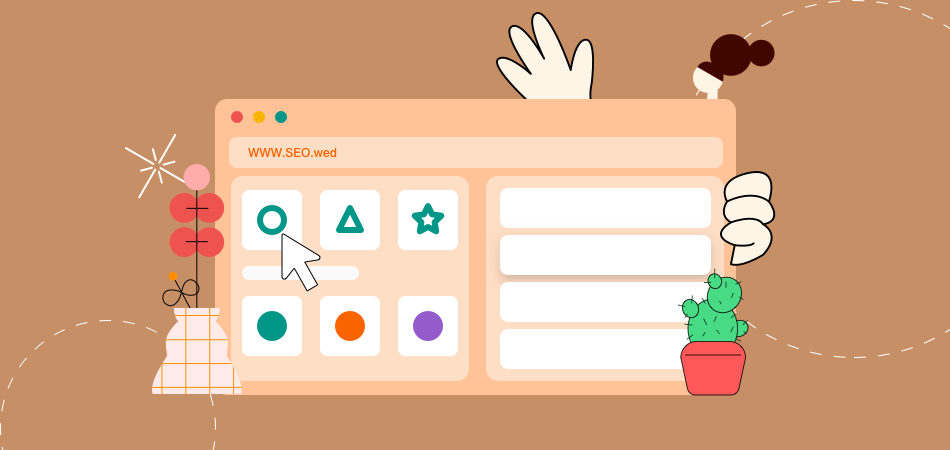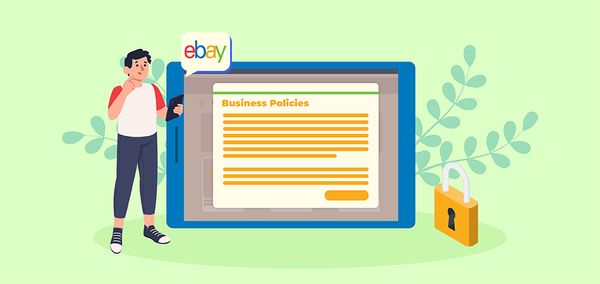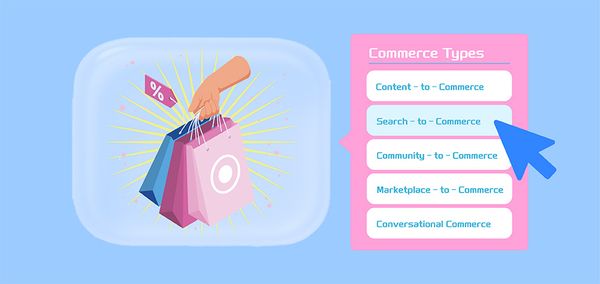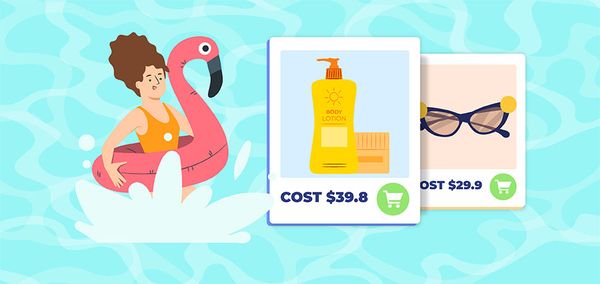How to Optimise Images & Illustration for SEO-friendly Online Store

It is a universal truth that images always make your content more accessible, appealing, and engaging to visitors but they are more than that and play a key role in SEO.
First off, they provide crucial contextual information to search engines. Second, optimised pictures boost user engagement and search engine rankings by speeding up page loading.
To offer your brand the best chance of success with SEO, you need to grasp the fundamentals of image optimization.
Image optimization represents the complete procedure of improving picture quality by adjusting its format, size, and resolution in order to enhance user engagement. It also entails appropriately identifying images so search engine crawlers can read them and comprehend the page's context.
As of November 2018, photos accounted for 21% of the overall weight of a web page, according to HTTP Archive. Because pictures use the most bytes of any component of a website, their size and complexity significantly impact site speed. However, when you minimise the size of photos without sacrificing quality, page load speeds increase, and, as a result, website users' experiences improve.
Fundamental Tips Help You to Optimise Image and Illustration
By improving user experience, you can expect more visitor interactions with your site, boosting your search engine rankings and enhancing consumer engagement, conversions, and retention. Furthermore, because optimised photos take up less storage space on your server, site backups will be performed faster. Now I'll go through how to improve your photos:
Image Resizing
Image size and file size are not synonymous. Its image size dictates a picture's dimensions (e.g., 1024 by 680 pixels). The file size refers to the amount of space crucial on the server to store it (e.g., 350 kilobytes).
Images with higher resolution and larger size (typically shot with a professional camera) rapidly slow down website loading times. Whereas they perform well for print reproduction, they must be scaled down without sacrificing too much quality to operate effectively on the web.
Selecting File Format & Compression Rate
PNG, JPEG, and GIF are all standard file formats. Each has advantages. JPEG is most appropriate for photos with a lot of colour, whereas PNG is best for explicit images.
The file size is reduced when a picture is too compressed, but the image quality suffers too. Conversely, the image quality is excellent when using a low compression rate, but the file size is enormous.
| Get Started Now to Grow Your Online Business with the Best AliExpress Dropshipping Tool - DSers! |
Experiment with different file formats and compression rates to determine what works best for each image. Many image-editing software programs, including Adobe Photoshop, feature a "save for web" option that automatically reduces file size while maximising picture quality. If you do not have Photoshop, here are some alternatives:
- Image optimization tools
- Affinity Photo
- Pixlr (JPEG optimization)
- ImageOptim (Mac only)
- Kraken (bulk compression)
- Gimp
- Paint.NET
- JPEG Mini
- OptiPNG
- FileOptimizer
- Triage
WordPress plug-ins for image optimization
- Yoast SEO
- ShortPixel
- EWWW Image Optimizer
- WP Smush
- TinyPNG
- ImageRecycle
- Optimus Image Optimizer
Speed Optimization
Once you are done with the image optimization process, what would be the way to know if your website page loading times are not keeping the website's visitors in wait? Well, here are the most appropriate tools that will help you with testing your site speed:
- WebPageTest
- Pingdom
- GTmetrix
- WebWait
- Google PageSpeed Insights
It is good to keep checking your stats frequently as websites tend to observe changes over time that should be optimised periodically.
Improve Image File Names
Choosing the appropriate file name is critical for SEO and ranking in image search results. To maximise SEO potential, name any picture file before submitting it with relevant, long-tail keywords.
Ensure to add the target keywords at the beginning that are separated by hyphens. Use underscores sparingly since search engines do not identify them and cannot "see" the words separately.
Keeping your image file names pertinent to your image is a smart idea. We advise you to choose concise, clear titles for your images.For instance, the original name of a photograph of a woman in a hair salon is "salon234.jpg." Rename it "woman-having-a-haircut-in-a-salon.jpg" or anything more descriptive.
Make Use of Alt Tags
Viewers may grasp what an image is about, but search engine spiders want further information. Without alternative text, search engines cannot correctly index your picture content. A decent alt tag adds context while also assisting visually challenged people. Even if pictures don't load due to a bug, search engines may still scan alternative text to help rank a website. Always avoid keyword stuffing while inserting the brand-relevant terms.
You need to provide more information than you did in the file name. While there is no perfect quantity of words, try to aim for 10 to 15 words to express something about the image.
Improve the Image Title
If you use WordPress, the picture title is frequently derived from the file name, so you may occasionally leave it alone. However, if you don't use WordPress or the title doesn't adequately describe the image, rename it with the proper keywords, just like you would with the file names.
Image titles are less significant for SEO, but they can help to contextualise the alt text. Regarding user engagement, image titles are more beneficial. Consider using a short call to action like "purchase now" or "download now."
Include Captions
Image captions, or phrases that appear right beneath photos, may not directly influence SEO, but contrary to file names and alt text, captions are visible on a website page. As a result, they can improve the user experience.
The majority of people are drawn to image captions to gain a sense of the overall content. Without picture captions, your bounce rate may grow, reducing your search engine trustworthiness.
Make Use of One-of-a-kind Photographs
Stock photographs are OK, but they will not necessarily assist your search rankings because other websites frequently use the same images. Therefore, in the same way that original textual material is beneficial for SEO, unique photos should be uploaded whenever feasible.
Make Certain that Your Text Compliments the Photos
The page copy can assist search engines in determining the relevance of your photographs. If there isn't enough information to explain an image, add more relevant language and, if feasible, describe the image.
Include Picture Structured Data
By including structured data on your pages, search engines may present your photographs as rich results. Google photos support structured data for product images, recipes, and videos.
For example, if you post recipes on your site and contribute structured data to your photographs, Google can add a badge to your image indicating that it is associated with a recipe. Enhance your understanding of how to add structured data to your sites within the constraints of Google's Structured Data General Guidelines.
Use Sitemaps
A site map, according to Google, is "a file where you may list the web pages of your site to notify Google and other search engines about the arrangement of your site content." In other words, it's a file that includes a map of your site's content. Site maps are essential for SEO since they inform search engines about all of your site's pages. So include every picture - an infographic, meme, photo, video thumbnail, etc. - in your sitemap to guarantee that search engine crawlers discover it.
Include the title, description, URL address, caption, and licensing information for these picture map entries. Likewise, include the title, description, URL location, thumbnail URL, and raw video file URL for video entries. If your website is going to be hosted on WordPress, you may automatically utilise Yoast SEO to incorporate your visual material into a site map.
Last Words
These are the proven tactics you need to keep in mind if you're having trouble seeing your material before uploading any images. These picture optimization tactics will make your material more appealing to search engines and human visitors.
Still, if you want the experts' suggestions and want to take your business to new heights, visit DSers and explore more professional tips on how to touch the sky in the online business.













 Company
Company
 Why Choose DSers
Why Choose DSers
 Blog
Blog
 Help Center
Help Center




 Live Chat
Live Chat